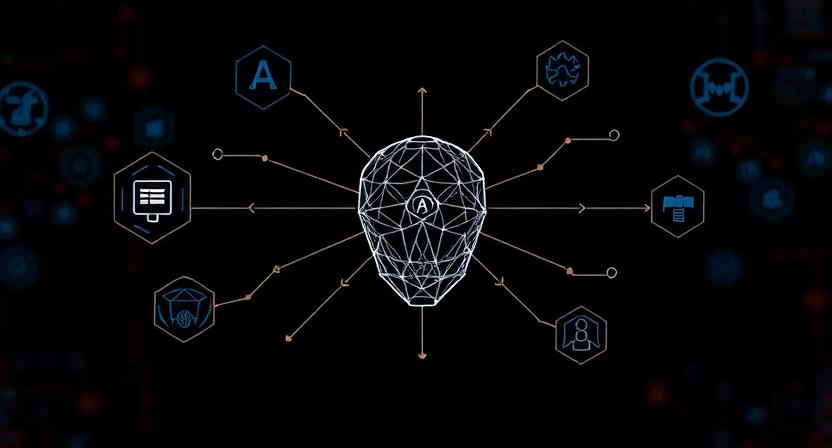Introduction
Organizations can develop AI agents from the ground up using programming languages. While this approach offers flexibility, it can be time-consuming and complex.
A faster and more scalable alternative is to use agentic frameworks—specialized platforms designed to simplify the creation, deployment, and management of AI agents. These frameworks come with built-in tools and functionalities that accelerate development, including:
- A set structure that shows how agentic AI is built and what it can do.
- Communication methods that help AI talk to people and other AIs.
- Tools to manage and organize tasks.
- Features that let the AI use different functions and connect with other systems.
- Tools to watch how the AI is working and check its performance.
AutoGen
AutoGen is an open-source tool from Microsoft that helps build AI systems with multiple agents working together to solve complex problems. It’s designed with a three-layer architecture:
- AutoGen Core is a programming framework that makes it easy to build scalable and distributed systems powered by AI agents. It supports smooth, asynchronous communication between agents — whether through request-response or event-driven messaging. Core also provides built-in tools to trace, debug, and understand how your agents interact and work together.
- AgentChat is built on top of Core and is a great place to start for anyone new to AutoGen. It lets you easily create conversational AI assistants, with ready-to-use single agents and multi-agent teams. These come with built-in behaviors and communication patterns, so you can get up and running quickly.
- Extensions is a package that adds more power to Core and AgentChat by connecting them with external tools, libraries, and services. It includes built-in add-ons and community-made integrations—and you can also build your own to customize your AI agents even further.
CrewAI
CrewAI is an open-source framework for building and managing multi-agent AI systems. Similar to AutoGen, it focuses on coordination and teamwork between agents—but with a unique twist.
CrewAI uses a role-based approach, where agents act like members of a crew, each with a specific job. This structure makes it easier to design, manage, and scale complex AI workflows.
- Agents have specific roles but work together on complex tasks. Developers can easily define their role, goals, and backstory using natural language.
- Tasks outline each agent’s responsibilities. Developers can describe the task and expected results using natural language.
LangChain
LangChain is an open-source framework for creating AI apps powered by large language models (LLMs), like chatbots and AI agents. It uses a modular design, where each part handles different complex tasks needed to work smoothly with LLMs.
LangChain is great for building simple AI agents with easy-to-follow workflows. It supports vector databases and tools for adding memory, so your apps can remember past interactions and context. Its LangSmith platform helps you debug, test, and monitor how well your AI is performing.
LangGraph
LangGraph is part of the LangChain ecosystem and is designed to manage complex workflows involving multiple AI agents.
LangGraph uses a graph structure where each AI agent’s task is a node, and the connections between tasks are edges. A state component keeps track of all tasks throughout interactions. This setup works well for workflows that are cyclical, conditional, or nonlinear.
LlamaIndex
LlamaIndex is an open-source framework that helps build generative AI and agent-based AI solutions. It includes ready-to-use agents and tools, and recently added workflows to support building systems with multiple AI agents.
Conclusion
AI frameworks like AutoGen, CrewAI, LangChain, LangGraph, and LlamaIndex play a crucial role in simplifying the development of complex, multi-agent AI systems. They provide powerful tools and architectures that help developers build scalable, efficient, and collaborative AI workflows with less effort. By offering modular designs, natural language interfaces, and debugging tools, these frameworks make it easier to create intelligent agents that can work together seamlessly.
However, it’s important to recognize their limitations. While these frameworks accelerate development, they still require thoughtful design to handle complex real-world scenarios, such as unpredictable agent behavior or integration challenges with external systems. Additionally, as AI applications grow in complexity, ensuring robustness, security, and ethical use remains a key concern.
Overall, these frameworks serve as valuable foundations—but success depends on how well developers understand their strengths, constraints, and the needs of their specific projects.


